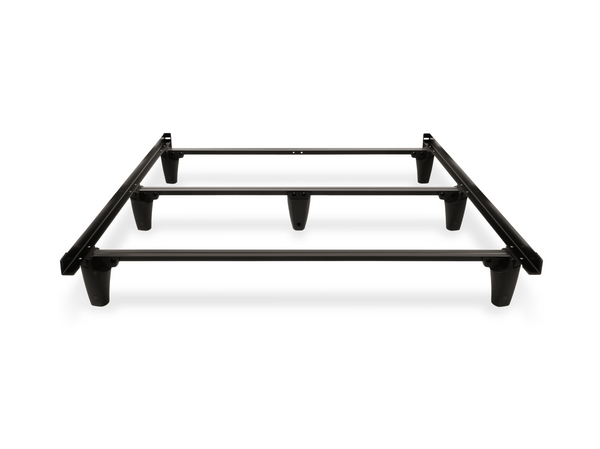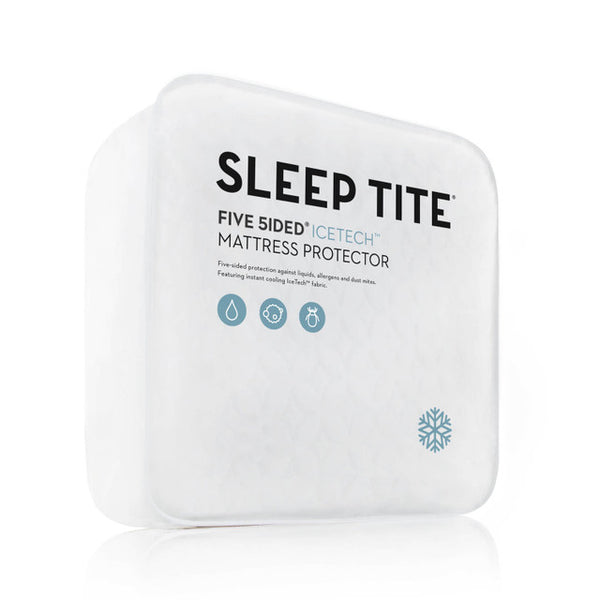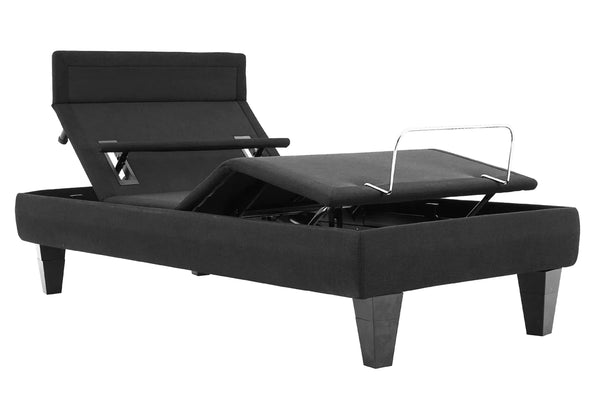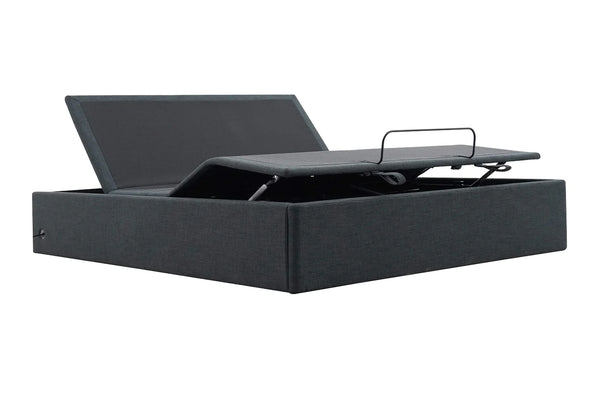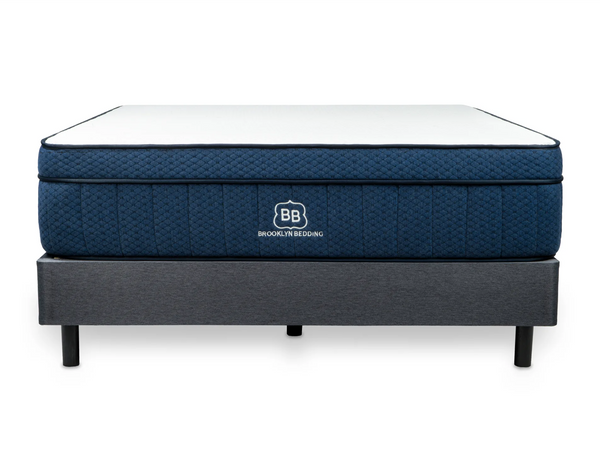
Frequently Asked Questions
1. What are the key elements to create an ideal sleep environment?
2. How can lighting affect my sleep quality?
3. What temperature is best for sleeping?
4. How can I declutter my sleep space for better rest?
5. What can I do to personalize my sleep space?
Getting a good night’s sleep can often feel elusive. There are countless factors that contribute to our ability to drift off peacefully at the end of a long day. Among them, creating the perfect sleep environment can significantly enhance the quality of your rest. The goal is to establish a sanctuary for sleep that nurtures relaxation and rejuvenation. In this blog post, we’ll explore various elements that contribute to the ideal sleep setting, helping you transform your space into a restful retreat.
The Essentials of a Sleep Haven
Your sleep environment is composed of several essential elements, including lighting, noise levels, temperature, and comfort. To optimize these aspects, let’s delve deeper into each of them:
Lighting: Embrace the Dark
Light plays a crucial role in determining our sleep cycle. The presence of bright lights, especially blue light, can disrupt the production of melatonin, the hormone responsible for regulating sleep. Here are some tips to manage lighting:
- Block Out Excess Light: Consider blackout curtains to minimize external light sources from street lamps or early morning sunshine.
- Use Soft Lighting: Opt for dimmable lamps for reading or winding down in the evening. Using soft warm bulbs can help signal to the brain that it’s time to relax.
- Limit Screen Time: Try to avoid screens at least an hour before bedtime to decrease blue light exposure. You can also use blue light filters if necessary.
Noises: Create a Peaceful Soundscape
Just as light affects our sleep, so does noise. Sudden sounds can interrupt your sleep cycle and make it harder for you to rest. Here are ways to enhance sound in your sleep environment:
- White Noise Machines: Consider using a white noise machine or app to drown out sudden noises that can disrupt your sleep.
- Soundproofing: Investing in soundproofing measures, like thick curtains or adding rugs and tapestries, can help dampen external noise.
- Nature Sounds: Some people find relaxation in natural sounds, such as rain or gentle waves. You can incorporate this through sound machines or ambient playlists.
Temperature: The Ideal Climate for Sleep
The temperature of your sleep environment can significantly affect your ability to fall and stay asleep. Ideally, the perfect sleep temperature ranges from 60 to 67 degrees Fahrenheit. Here are ways to ensure your room is the right temperature for rest:
- Layering: Use breathable sheets and lightweight blankets to prevent overheating while still remaining cozy.
- Fan Use: If you're feeling too warm, consider using a fan for a gentle breeze, or an air conditioner when needed.
- Bed Materials: The materials of your mattress and pillows can also affect temperature regulation. Look for breathable, temperature-sensitive materials that promote airflow.
Comfort: Choosing the Right Bedding
Comfort is paramount for a good night’s sleep. Your choice of mattress, pillows, and bedding should cater to your specific sleeping needs:
- Personal Preference: Choose a mattress that suits your sleeping position—whether you’re a back, side, or stomach sleeper, ensuring the right support will enhance comfort levels.
- Pillow Selection: Choose pillows that provide proper support and maintain spinal alignment. There are various options from memory foam to down pillows that cater to different preferences.
- Bedding Quality: Invest in high-quality sheets made from natural materials for breathability and comfort. Cotton and linen are popular choices that can help you sleep more comfortably.
Declutter for a Clear Mind
An organized space often translates to a clear mind, making it easier to drift off into rest. Clutter can create feelings of anxiety and stress that can hinder relaxation. Consider these strategies to declutter your sleep space:
- Minimalistic Approach: Less is often more. Limit the number of decorative items in your bedroom. A clean, minimalistic space can be calming.
- Nightstands Organization: Keep only the essentials on your nightstand—a lamp, a book, or a glass of water. Remove unnecessary items that may distract you.
- Regular Cleaning: Set a schedule to tidy your space regularly. This can create a habit of keeping your sanctuary organized for better rest.
Incorporating Calming Scents
Scent can play a significant role in enhancing relaxation and signalling to your brain that it’s time to rest. Here are popular choices for calming and sleep-inducing scents:
- Lavender: Known for its calming properties, lavender can help lower anxiety levels and promote a sense of tranquility.
- Chamomile: Often found in teas and essential oils, chamomile has a soothing aroma that can enhance sleep quality.
- Sandalwood: The rich, earthy scent of sandalwood can help you unwind and prepare your mind for sleep.
Creating a Relaxing Pre-Sleep Routine
Establishing a bedtime routine can signal to your body that it’s time to wind down. A predictable pattern of activities can help prepare your mind for sleep:
- Screen Time Limit: Reduce screen exposure at least an hour before bed, allowing your mind to disengage from the stimulation of devices.
- Gentle Stretching or Yoga: Incorporate light stretching or yoga before bed to relax your muscles and improve circulation.
- Mindfulness and Meditation: Techniques such as deep breathing or meditation can calm a racing mind, preparing you for restful sleep.
The Importance of Your Mattress
Your mattress is the foundation of your sleep environment. Having the right mattress can dramatically affect how well you sleep. Here’s what to consider when selecting a mattress:
- Type of Mattress: Familiarize yourself with different mattress types: innerspring, memory foam, latex, and hybrid. Each offers unique support and comfort levels.
- Firmness Level: Choose the right firmness for your body weight and sleeping position, as it can significantly impact your nightly rest.
- Age of Mattress: Don’t underestimate the lifespan of a mattress. On average, replace your mattress every 7 to 10 years to ensure optimal comfort.
Personalizing Your Sleep Environment
Everyone has unique preferences when it comes to their sleep sanctuary. Personalization is key to creating an ideal atmosphere. Here are ways you can customize your space:
- Color Schemes: Choose calming colors for your walls and décor. Soft blues, greens, or neutrals can evoke feelings of peace and relaxation.
- Decorative Elements: Incorporate elements that bring you joy, whether it’s art, photographs, or plants. Ensure that they contribute positively to the ambiance of your space.
- Temperature Control: Invest in smart thermostats or blankets that can help you manage the temperature throughout the night based on your comfort level.
Creating a Bedroom Oasis
When it comes to crafting the ultimate sleep space, your bedroom should feel like a sanctuary that invites relaxation. Consider these final touches:
- Plants: Incorporate plants such as snake plants or peace lilies that purify the air and create a calming, natural environment.
- Water Feature: Adding a small tabletop fountain can create soothing sounds and enhance the tranquility of the room.
- Personal Touches: Fill your room with personal elements that promote happiness and comfort, making your space truly yours.
Unlock the Door to Blissful Nights
Creating the perfect sleep environment is a journey that pays enormous dividends in your overall health and well-being. From adjusting lighting and temperature to thoughtfully selecting your bedding, each element has the potential to contribute to restful sleep. As you explore and personalize your space, remember that the most effective sleep environment is one that resonates with you, ensuring it becomes a place of comfort and solace. The investment you make in your sleep sanctuary will undoubtedly enhance the quality of your sleep, waking you up refreshed and ready to embrace the day ahead.
Take a moment to explore another user's Shopify or Wix store. Visit their store through this link. Please be aware that this is a promotional link, and we cannot be held responsible for the content of the linked store.




